Do these renders show Huawei's last 5G flagship phone for some time?

Despite being hit with a new export rule that makes it hard for Huawei to find cutting-edge chips for its top-shelf phones, the beleaguered manufacturer still plans on unveiling its most technologically advanced handsets of the year this coming week. On October 22nd, this coming Thursday, Huawei is expected to take the wraps off of the Mate 40 line which includes the Mate 40, Mate 40 Pro, and the Mate 40 Pro Plus.
Renders of the Huawei Mate 40 Pro surface
The phones will be powered by the Kirin 9000 chipset, the second 5nm integrated circuit manufactured this year by Taiwan's TSMC foundry. The first 5nm chipset shipped this year was Apple's A14 Bionic. Both chips employ billions of more transistors than the amount found in their predecessors allowing them to deliver improved performance while consuming less energy. However, last May the U.S. Commerce Department made an important rule change requiring foundries using American technology to obtain a license before shipping parts to Huawei. This rule kicked in on September 15th and while Huawei allegedly ordered 15 million Kirin 9000 chips from TSMC this year, reports indicate that it received only 8.8 million instead. And besides the Mate 40 series, the chips are also being used for the Mate X2 second-generation foldable phone and the base stations used in 5G networks.
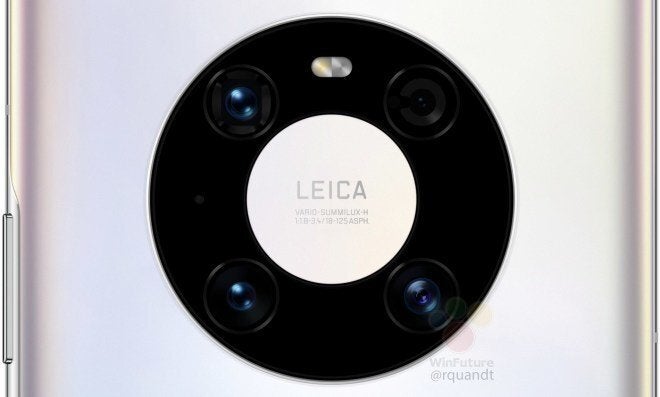
Render shows the rear camera module on the Huawei Mate 40 Pro
The Mate 40 Pro Plus will be the most expensive in the series (although we would still consider the Mate 40 Pro to be the manufacturer's flagship) and is rumored to be equipped with a 6.76-inch Waterfall display with a 90Hz refresh rate. This means that the display updates 90 times each second providing users with buttery smooth scrolling, improved game animation, and more. We've already mentioned the chipset that will drive the device. Thanks to the company's placement on the U.S. Entity List, the device will come with an open source version of Android 10 pre-installed with EMUI 11 on top. The fingerprint scanner is buried under the display. There might be only one configuration of the phone in Europe carrying 8GB of memory and 256GB of UFS 3.1 storage. In China, we could see a variant with 12GB of memory. Speaking of the Euro version, it supposedly is equipped with a 4400mAh battery. A new SuperCharge AC adapter that connects to the USB Type-C port provides charging power of up to 65 watts.

The Waterfall display on the Mate 40 Pro
While some renders show three Leica cameras on the rear camera module for one variant, at least one model will be equipped with a Hexa-camera setup. If we had to venture a guess, we'd say that the Mate 40 Pro Plus would be the obvious choice to feature six cameras on the back. Throw in the dual selfie snappers included inside a lozenge-shaped punch hole, and we could see eight cameras on the most expensive model. It appears that the color options for the Mate 40 Pro model will be Black and Silver with additional choices available in China.
Germany's WinFuture published a series of Mate 40 Pro renders. There are thin bezels at the top and bottom while the waterfall sides make it appear as though there are no side bezels when you look straight on.
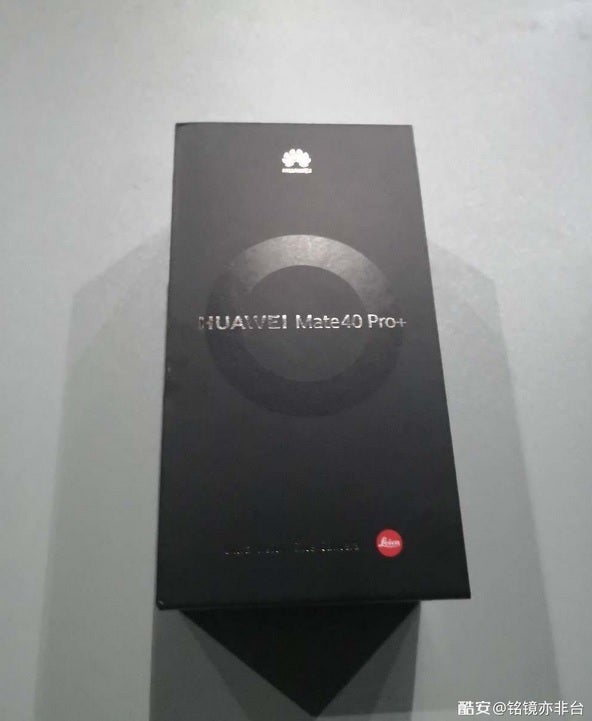
The box that will reportedly contain the Huawei Mate 40 Pro
Huawei is in a serious bind now with its ability to source 5nm chips in jeopardy. The U.S. recently issued a license to TSMC allowing the foundry to ship chipsets to Huawei. However, the license was issued for more mature technology only; by more mature we mean that these chips were manufactured using the 28nm process node and larger. With China's largest foundry, SMIC, able to produce chips using the 14nm process node, offering this license is certainly not a friendly gesture by the U.S. Commerce Department. But we can't rule out Huawei saving its bacon with some type of last second arrangement. That is how it has managed to survive over the last 17 months.




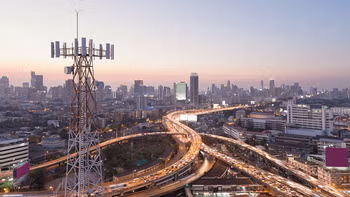

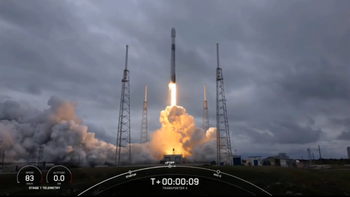
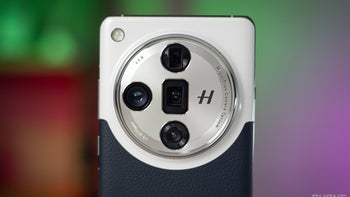





Things that are NOT allowed: